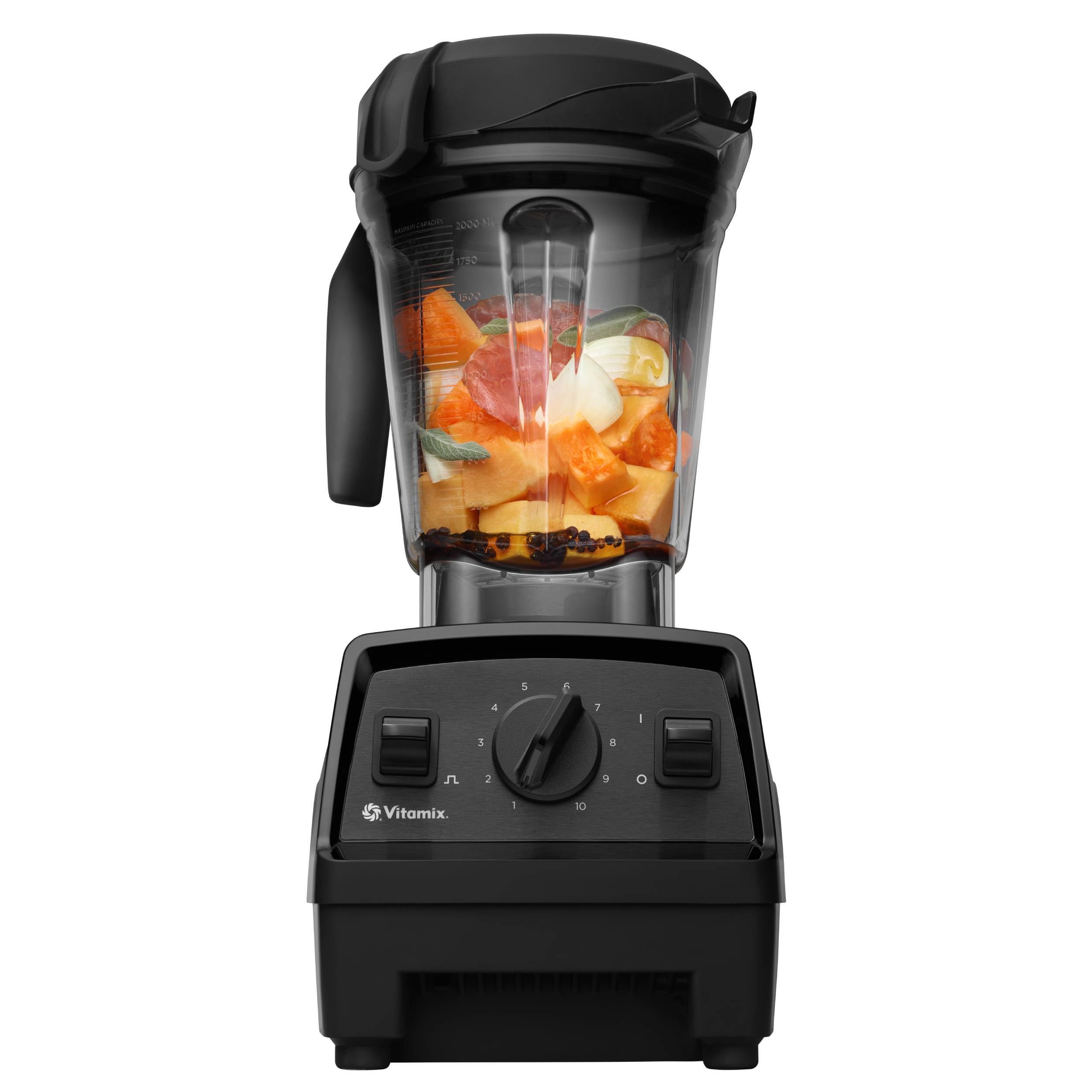Have you ever found yourself in a situation where your Ryobi Easy Start generator just won’t start? You’re not alone. Many people face this frustrating issue, especially when they need power the most. Whether it’s a camping trip or a sudden power outage, a generator that won’t cooperate can throw a wrench in your plans.
Key Takeaways
- Common Starting Issues: The primary reasons for a Ryobi Easy Start generator not starting include fuel issues, electrical problems, and improperly positioned choke settings.
- Essential Troubleshooting Steps: To troubleshoot, check fuel levels, inspect the battery condition, and ensure the starter switch is functional and in the “On” position.
- Preventive Maintenance: Regular oil changes, using fuel stabilizers during storage, and cleaning the air filter are vital for maintaining optimal generator performance.
- Battery Care: Regularly inspect the battery and terminals for corrosion, and ensure a full charge to prevent starting issues. Replace old or weak batteries as needed.
- Storage Practices: Store the generator in a dry, covered area to prevent moisture-related electrical issues and perform routine checks for damage to fuel lines and the spark plug.
- Run Regularly: Periodically run the generator, even when not in use, to keep parts lubricated and ensure the fuel remains effective.
Overview of Ryobi Easy Start Generators
Ryobi Easy Start generators provide reliable power for various applications, including camping, outdoor events, and emergency home backup. Their lightweight and portable design make them popular among users who require convenience and performance.
Features of Ryobi Easy Start Generators
- Lightweight Design: Ryobi Easy Start generators typically weigh around 40% less than traditional generators, making them easy to transport.
- Quiet Operation: Many models incorporate technologies that minimize noise, ensuring a less disruptive environment.
- Easy Start Technology: A key feature, this innovation simplifies the starting process with minimal effort, ideal for users unfamiliar with generator operation.
Common Uses
- Camping: Provide power for small appliances and electronic devices while enjoying outdoor activities.
- Tailgating: Supply electricity for grills, speakers, and lights during sporting events.
- Emergency Backup: Offer essential power during outages, keeping refrigerators running and devices charged.
Maintenance Tips
- Regular Oil Changes: Keep your generator’s oil fresh to ensure optimal performance.
- Fuel Stabilizer: Use a fuel stabilizer to prevent fuel degradation during storage.
- Periodic Cleaning: Clean the air filter and spark plug regularly to maintain efficiency.
Troubleshooting Starting Issues
If your Ryobi Easy Start generator won’t start, check the following:





- Fuel Level: Ensure there’s enough fresh fuel in the tank.
- Choke Position: Confirm the choke is set correctly for starting.
- Battery Condition: Inspect the battery to ensure it’s charged, especially in electric start models.
These steps will guide you in diagnosing problems and ensuring your generator runs smoothly when you need it.
Common Reasons Why The Generator Won’t Start
When your Ryobi Easy Start generator won’t start, several common issues might be at play. Identifying these problems can help you troubleshoot effectively.
Fuel Issues
Fuel issues often prevent your generator from starting. Ensure the gas tank has fuel; it’s easy to overlook this. Use fresh gasoline, as old fuel can lose potency and cause starting problems. Additionally, check the fuel lines for blockages or leaks. If you added fuel stabilizers, ensure they mixed well. Sometimes, the fuel filter may need replacement if it’s clogged.
Electrical Problems
Electrical problems can also stop your generator from starting. First, inspect the battery condition. A weak or dead battery requires charging or replacement. Check the battery terminals for corrosion; clean them if needed. Examine the starter switch and wiring for any signs of damage or loose connections. If the electrical system isn’t functioning correctly, it affects the generator’s ability to start.
Troubleshooting Steps to Resolve Starting Issues
Here are some straightforward troubleshooting steps to help you resolve starting issues with your Ryobi Easy Start generator.





Checking Fuel Levels
Ensure the gas tank contains fresh gasoline. If the fuel level is low, the generator won’t start. To check, remove the fuel cap and look into the tank. If you see yellowed or old fuel, drain it and refill with new gas. Additionally, check for blockages in the fuel lines. Inspect the fuel filter and clean or replace it if necessary, as a clogged filter can impede fuel flow.
Inspecting the Battery
Check the battery condition next. A weak or dead battery may prevent your generator from starting. Use a multimeter to test the battery voltage; it should read around 12.6 volts for a fully charged battery. Clean corroded terminals with a mixture of baking soda and water, ensuring a good connection. If the battery tests low or is five years old or older, consider replacing it to maintain reliable performance.
Examining the Starters and Switches
Look at the starters and switches for any issues. Ensure the starter switch is in the “On” position. Inspect the recoil starter for any signs of damage or wear. If the rope is frayed or stuck, it might need replacing. Check the wiring connected to the starter and switches for cracks or loose connections, and repair or tighten as needed to ensure proper function.
Preventive Maintenance Tips
To ensure your Ryobi Easy Start generator runs smoothly and reliably, follow these preventive maintenance tips:
Regular Oil Changes
Change the oil every 50 hours of operation or once a month if not used frequently. Use high-quality oil recommended by the manufacturer. Regularly inspecting the oil level helps prevent engine damage.





Use Fuel Stabilizers
Add a fuel stabilizer to the gasoline if storing the generator for more than a month. This prevents the fuel from breaking down and causing starting issues.
Clean the Air Filter
Inspect and clean the air filter every 25 hours of operation. A clean air filter promotes better airflow, improving engine performance. Replace the filter if it appears damaged or excessively dirty.
Inspect Fuel Lines
Check for leaks or blockages in fuel lines at least once a month. Replace any damaged hoses to maintain fuel flow and prevent starting problems.
Keep the Generator Dry
Store your generator in a dry, covered area to avoid moisture build-up. Moisture can lead to electrical issues or corrosion. Always wipe down the generator to remove dirt or debris before storage.
Check the Battery
Inspect the battery every month. Ensure the terminals are clean, tight, and free from corrosion. If the battery shows signs of weakness, charge it or consider replacement.
Examine Spark Plug
Monitor the spark plug for wear. Replace it if it looks worn or dirty. A new spark plug enhances starting reliability and overall performance.
Run the Generator Regularly
Run your generator every few months, even if it’s not needed. This helps keep components lubricated and ensures fuel doesn’t degrade.
By following these maintenance tips, you maintain the functionality and extend the lifespan of your Ryobi Easy Start generator, ensuring it’s ready when you need it.
Conclusion
Dealing with a Ryobi Easy Start generator that won’t start can be a hassle but you’re not alone in this. By understanding the common issues and following the troubleshooting steps outlined, you can get your generator back up and running in no time.
Regular maintenance is key to keeping your generator reliable when you need it most. Whether you’re using it for camping or as a backup during outages, a little care goes a long way.
So take a moment to check those fuel levels and battery conditions. With the right attention, your Ryobi generator will be ready for your next adventure or emergency.
Frequently Asked Questions
What are the main advantages of Ryobi Easy Start generators?
Ryobi Easy Start generators are known for their lightweight design, quiet operation, and user-friendly start technology. They are reliable for various applications, including camping trips, outdoor events, and emergency home backup. Their convenience makes them a popular choice for users needing portable power.
Why won’t my Ryobi Easy Start generator start?
Common reasons for starting issues include inadequate fuel levels, stale gasoline, or blockages in the fuel lines. Electrical problems like a dead battery, corroded terminals, or damaged wiring can also prevent the generator from starting. Check these aspects for effective troubleshooting.
How can I maintain my Ryobi Easy Start generator?
To maintain your generator, regularly change the oil every 50 hours, clean the air filter every 25 hours, and use fuel stabilizers during storage. Inspect fuel lines for leaks and check the battery monthly. Running the generator regularly also helps ensure optimal performance.
What is the importance of using fuel stabilizers?
Using fuel stabilizers helps prevent fuel from degrading, ensuring that fresh gasoline is available when you need it most. This is especially crucial if the generator will not be used for an extended period, as it keeps fuel lines clear and engine components protected.
How often should I check the battery of my generator?
You should check the battery of your Ryobi Easy Start generator at least once a month. Inspect for wear, ensure connections are tight, and clean any corrosion on terminals. A well-maintained battery is crucial for reliable generator performance.
What troubleshooting steps should I follow for starting issues?
Start by checking fuel levels and ensuring fresh gasoline is in the tank. Inspect the choke position, battery condition, and clean corroded terminals. Also, check the starter switch and wiring for damage. Following these steps can help identify the cause of the starting problem.

Hey, I’m Jake. I focus on cooling systems at Appliance Mastery, like fridges, freezers, and air conditioners.
I’ve worked in appliance repair for more than ten years and I’m certified through NASTeC. I’ve seen just about every fridge issue you can imagine.
My goal is to help you fix problems without stress. Whether it’s a freezer that won’t cool or an AC that keeps beeping, I’m here to walk you through it.
